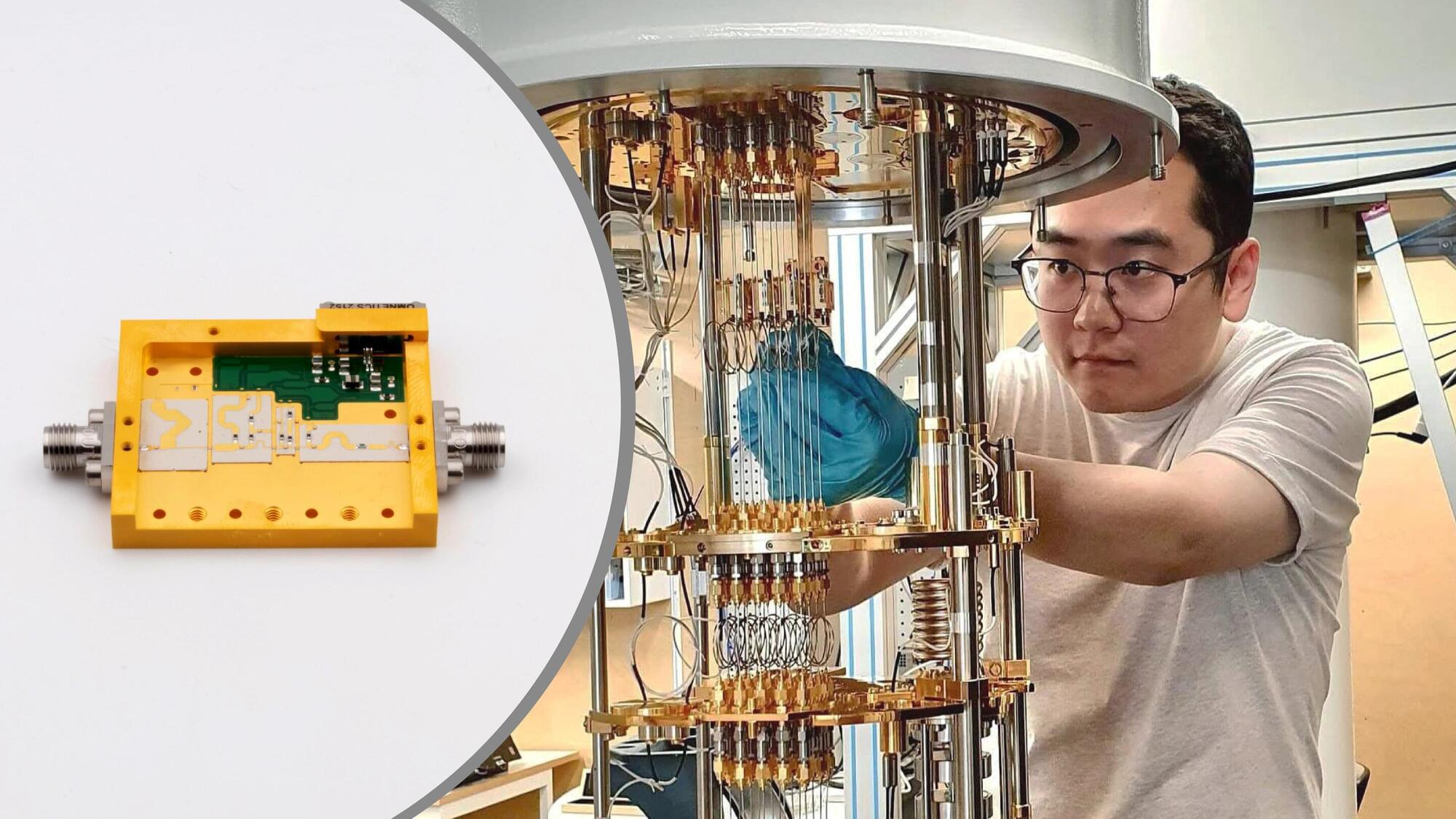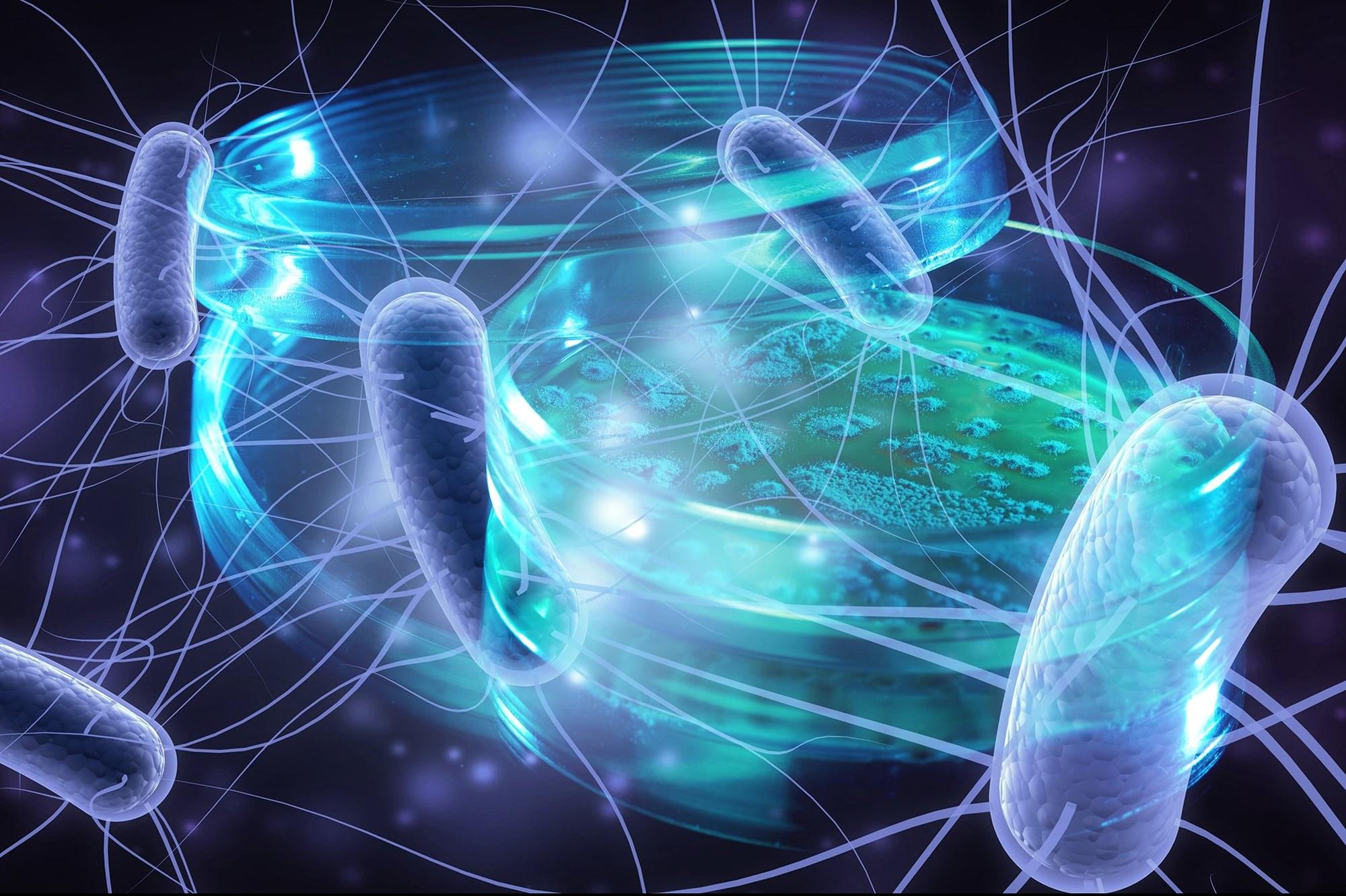Quantum computers can solve extraordinarily complex problems, unlocking new possibilities in fields such as drug development, encryption, AI, and logistics. Now, researchers at Chalmers University of Technology in Sweden have developed a highly efficient amplifier that activates only when reading information from qubits. The study was published in the journal IEEE Transactions on Microwave Theory and Techniques.
Thanks to its smart design, it consumes just one-tenth of the power consumed by the best amplifiers available today. This reduces qubit decoherence and lays the foundation for more powerful quantum computers with significantly more qubits and enhanced performance.
Bits, which are the building blocks of a conventional computer, can only ever have the value of 1 or 0. By contrast, the common building blocks of a quantum computer, quantum bits or qubits, can exist in states having the value 1 and 0 simultaneously, as well as all states in between in any combination.









